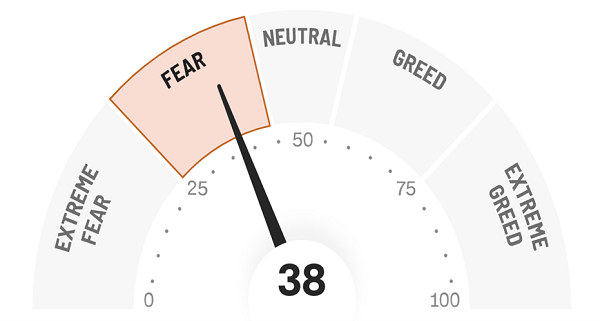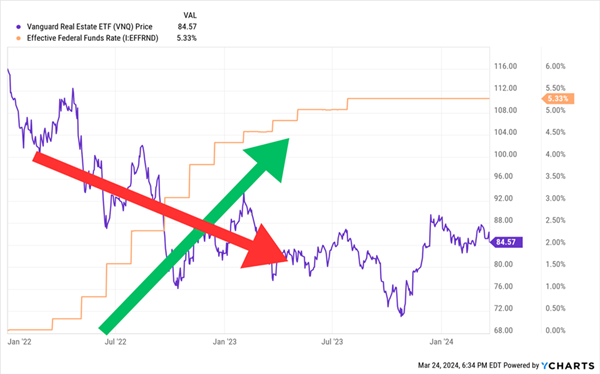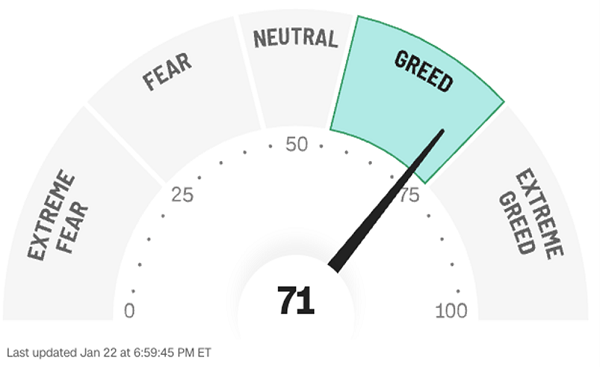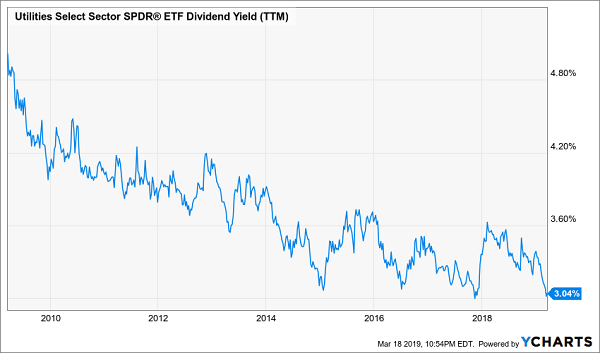What’s better than monthly dividends that add up to 7.2% to 15.4% yearly yields?
Cheap monthlies thanks to a high level of fear amongst vanilla investors.
Source: CNN Fear & Greed Index
We contrarians do our heavy shopping when the crowd is fearful. We have some attractive dividend opportunities today in quarterly payers.
But hey, why settle for every-90-day divvies when we can get paid on the month, every month?
Monthly dividend stocks pay us on the same schedule we receive our bills, which is convenient no matter our age but downright helpful once we hit retirement.
But when it comes to explaining the difference, I find a visual really helps the message sink in.… Read more




Recent Comments